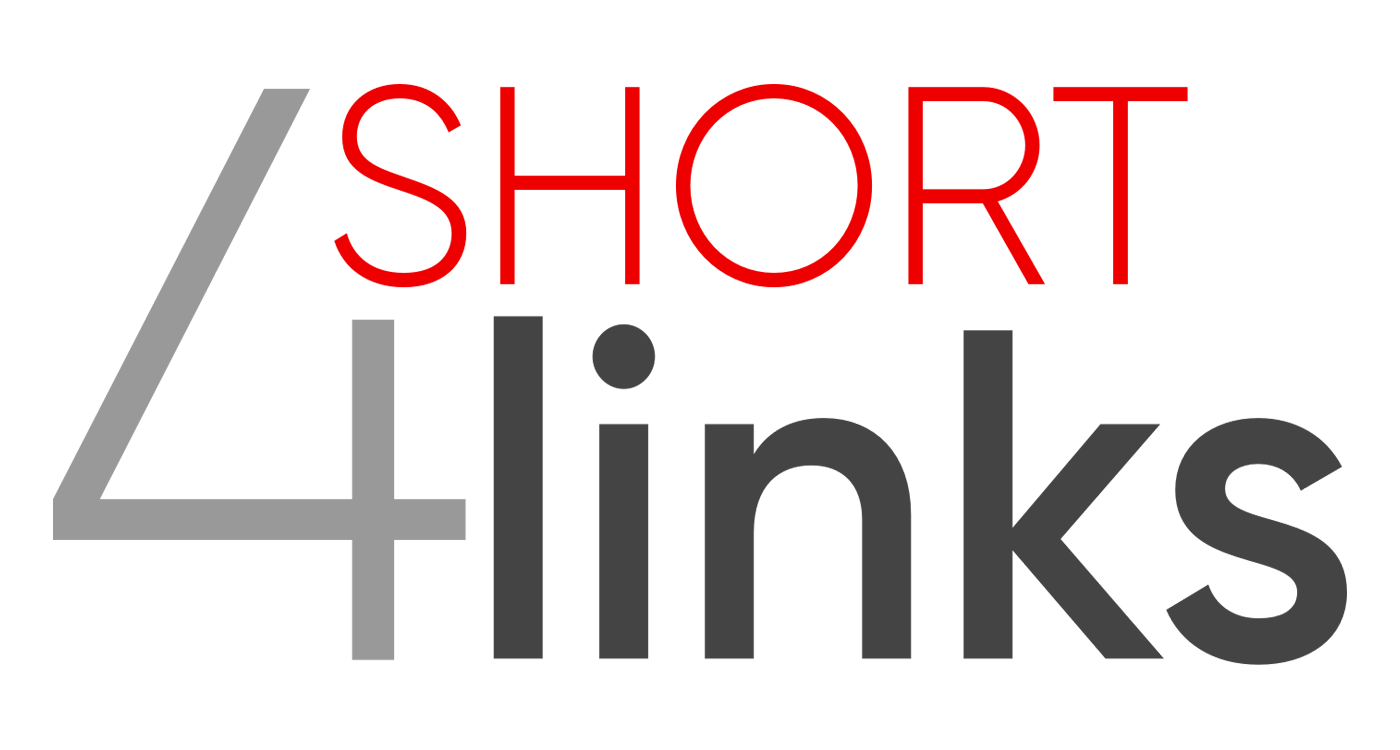Four short links: 7 November 2019
DNS Wars, Company Culture, Separating Musical Stems, and Program Synthesis

- DNS Wars — But perhaps the position makes more sense if you view this as a major divorce, where the web is separating itself from the internet and wanting to sever all forms of interdependence with the rest of the internet. Why share any of that user data when you can keep it all?
- Readings on Company Culture — 230+ resources you need to learn the ins and outs of company culture.
- Spleeter — source separation library including pretrained models. Extract separate vocals, bass, drums, etc., stems (tracks) from an existing recording. This is not perfect, but it’s impressively ahead of the previous state of the art.
- Understanding the World with Program Synthesis (SIGPLAN) — The most prominent existing application of program synthesis in the natural sciences is in executable biology. Here, one models cellular behavior using stateful, concurrent programs that represent biological entities like proteins and genes. Each “component,” or process, of such a program interacts with neighboring processes and changes state when certain events take place (e.g., when a molecular signal is received). Because of the inherent complexity of concurrency, even a small number of components can collectively describe highly nontrivial system behaviors. Program synthesis allows the automatic extraction of such programmatic models from prior knowledge and data.
